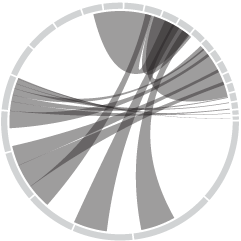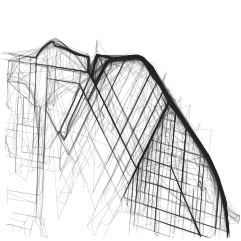Taking over an old New York Times project, ProPublica re-launches Represent, which offers an app and an API to see what your local lawmakers have been doing on your behalf.
Represent will show details of votes and bills and provide a way for you to follow the activities of your elected representatives and understand how they fit into the broader world of American politics. For example, we’ll show you how often a member of the House or Senate votes against a majority of her party colleagues, or the kinds of bills each lawmaker sponsors and cosponsors. We have pages detailing every vote, every bill and every member, with details about each. On the homepage we’ll display significant votes in the House and Senate.
If we’ve learned anything from this current election season, it’s that we should pay attention, stay educated, and vote accordingly.



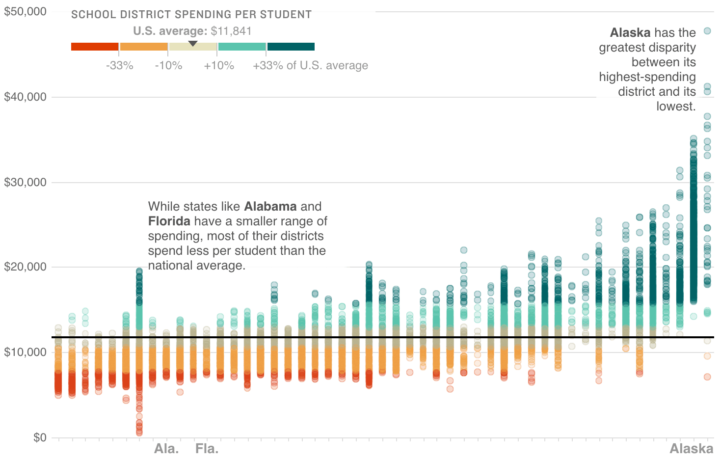
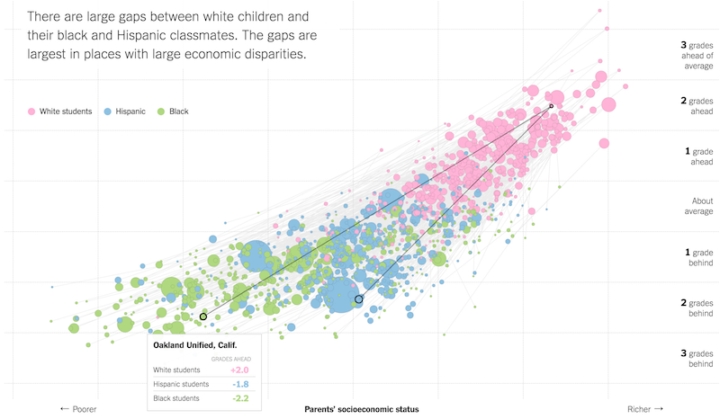
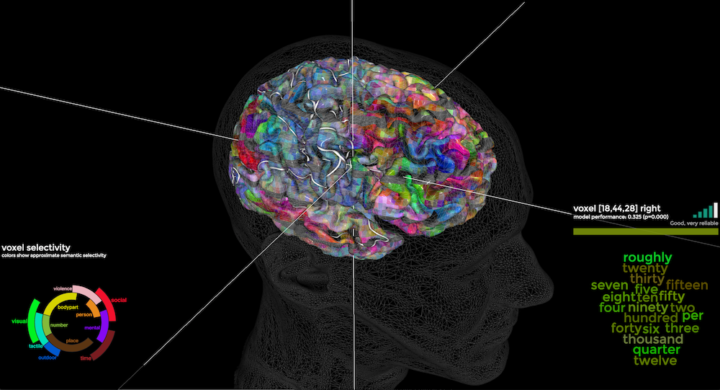
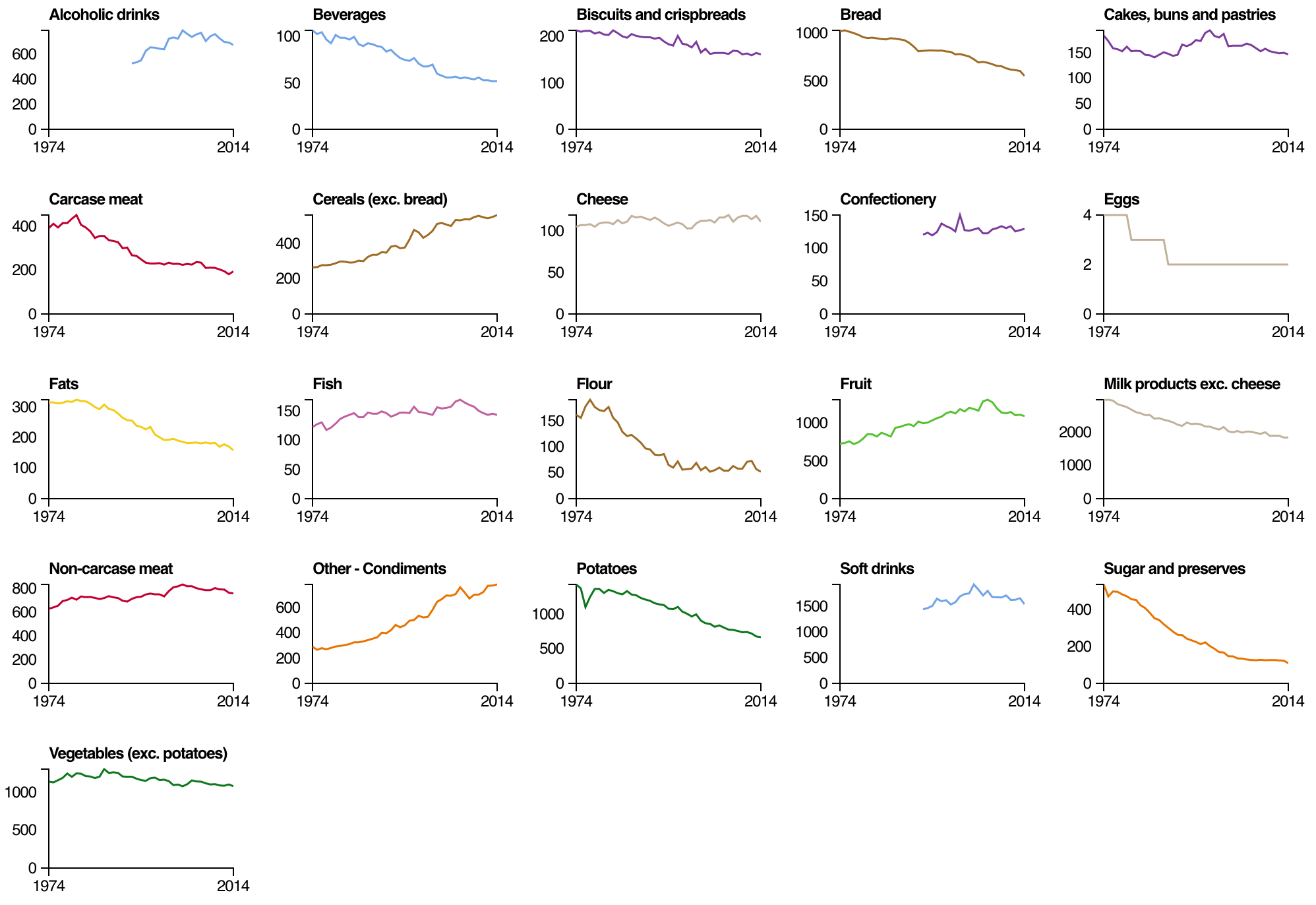



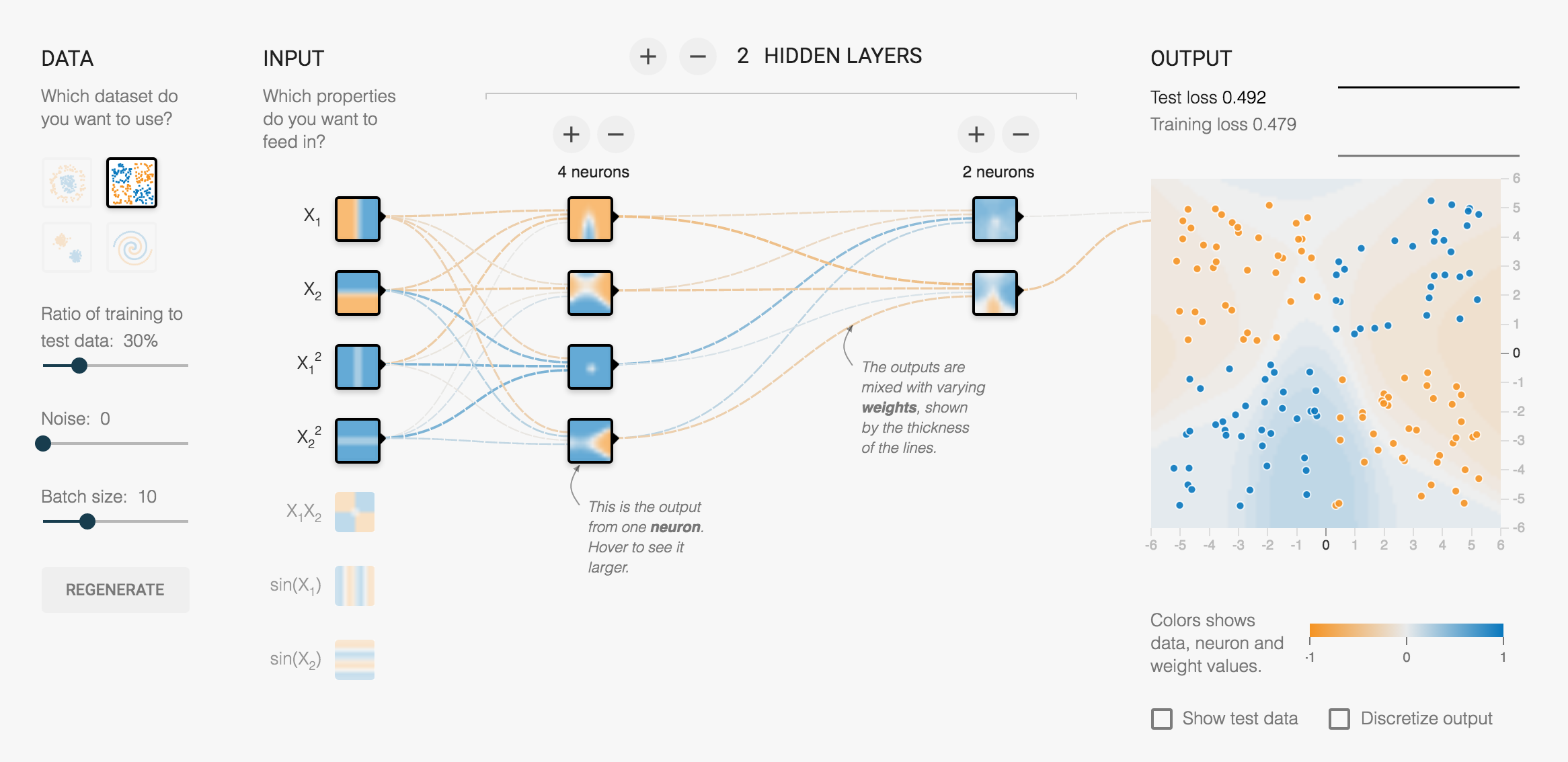
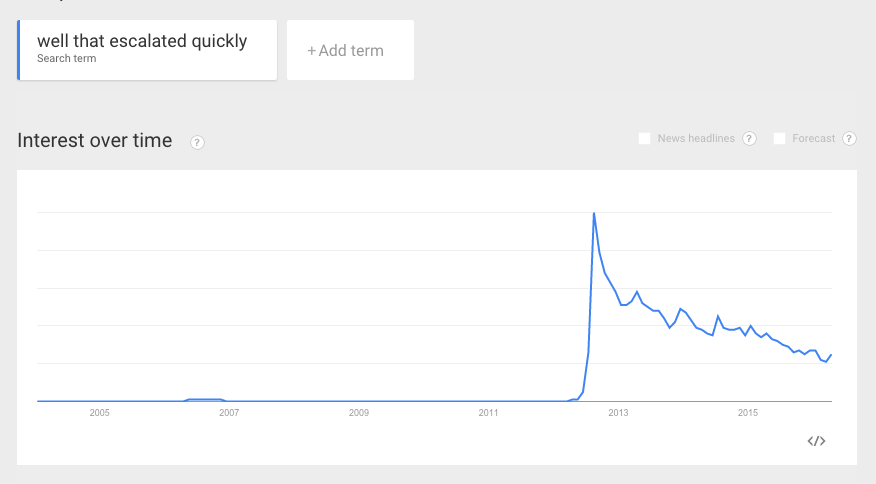
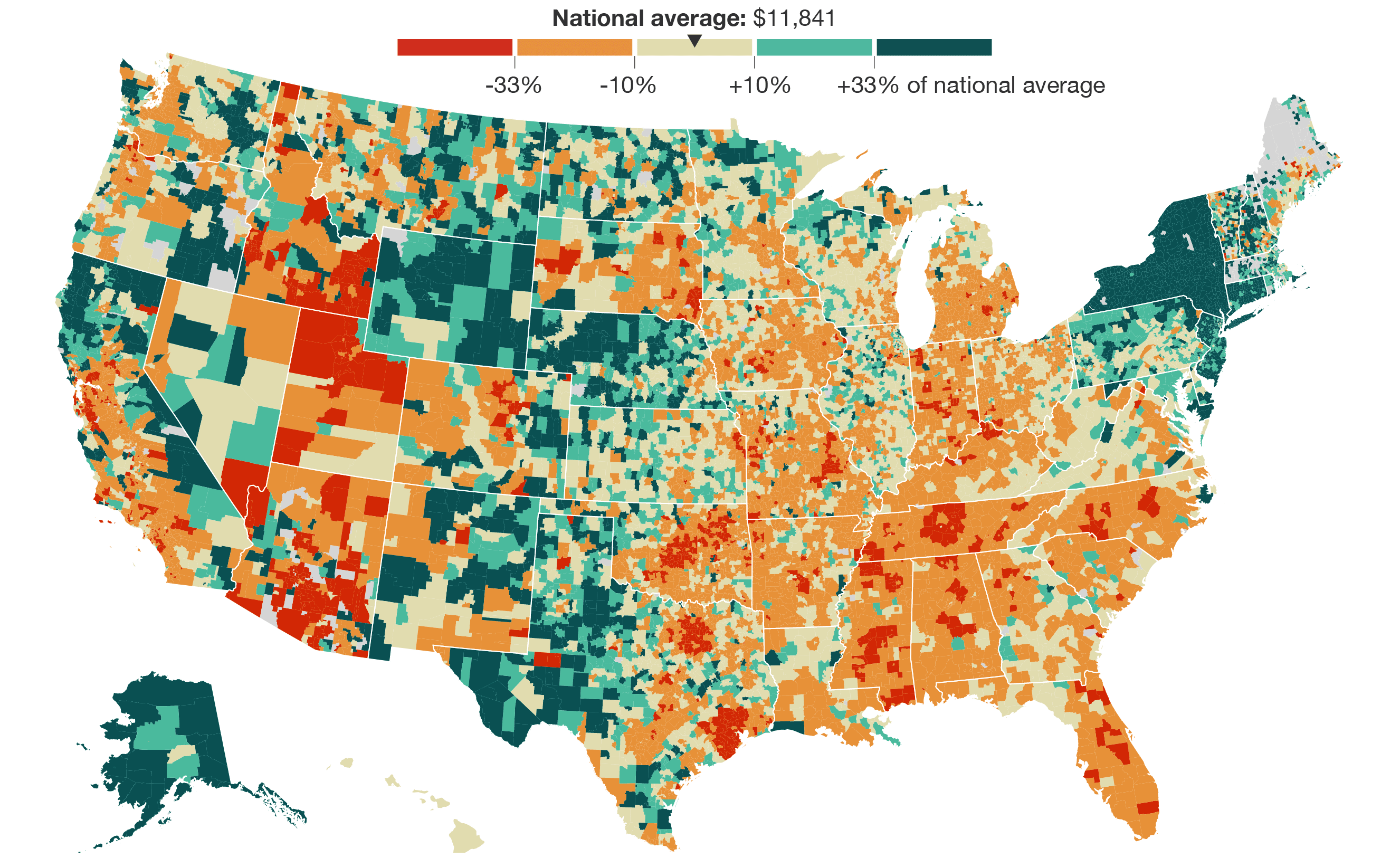
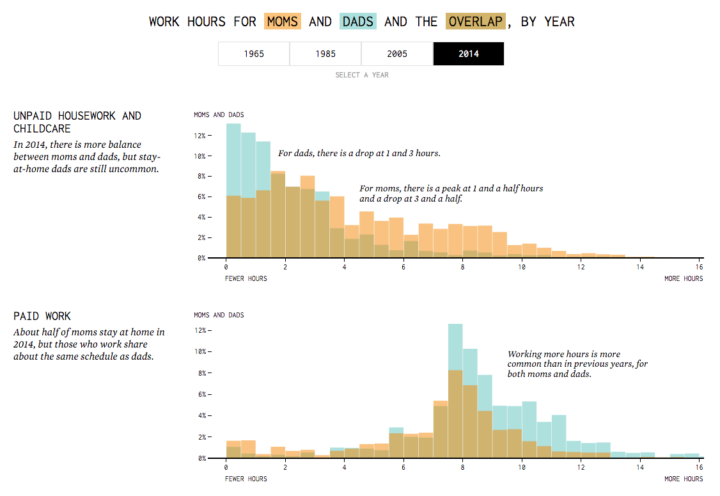

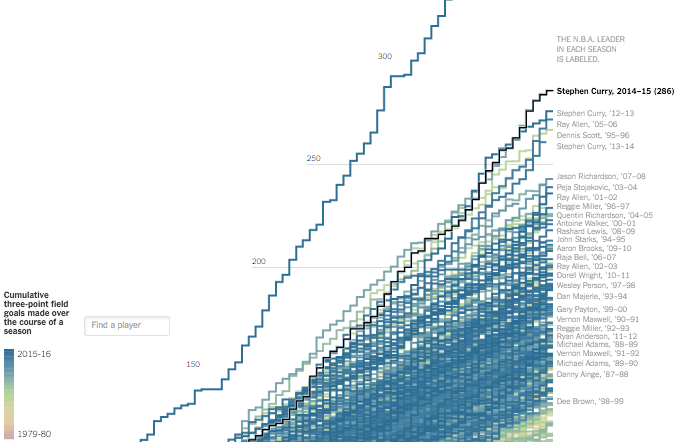
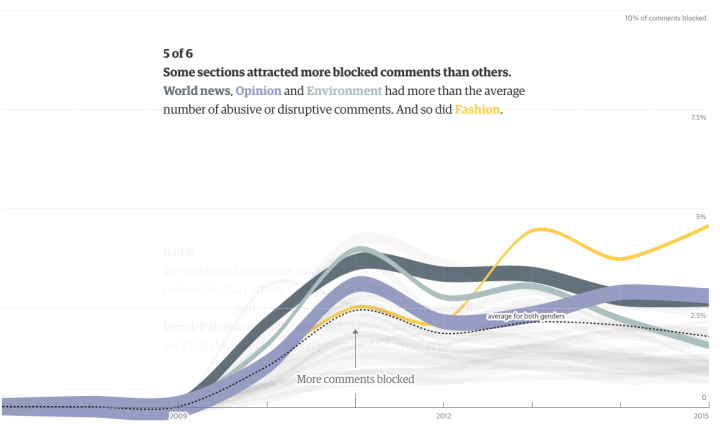
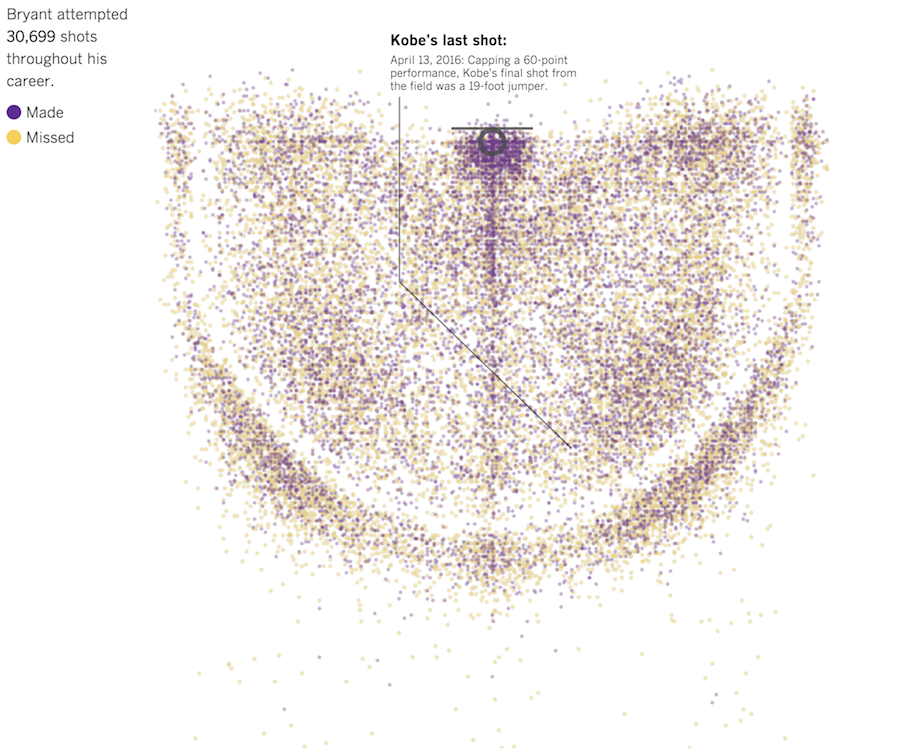
 Visualize This: The FlowingData Guide to Design, Visualization, and Statistics (2nd Edition)
Visualize This: The FlowingData Guide to Design, Visualization, and Statistics (2nd Edition)


